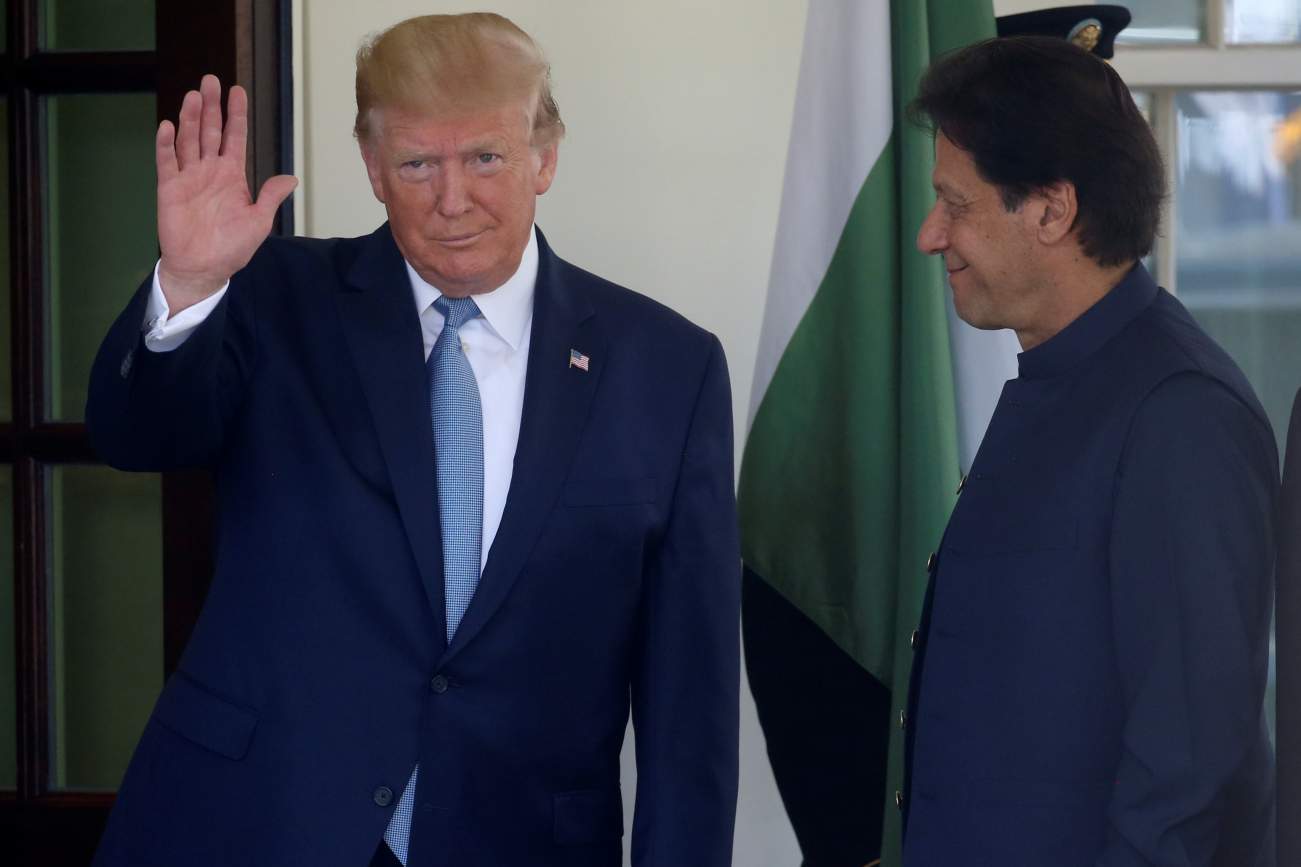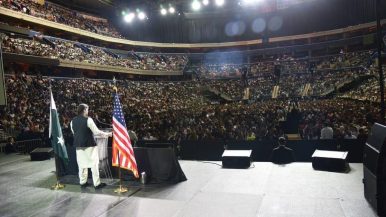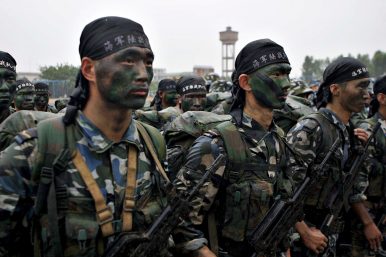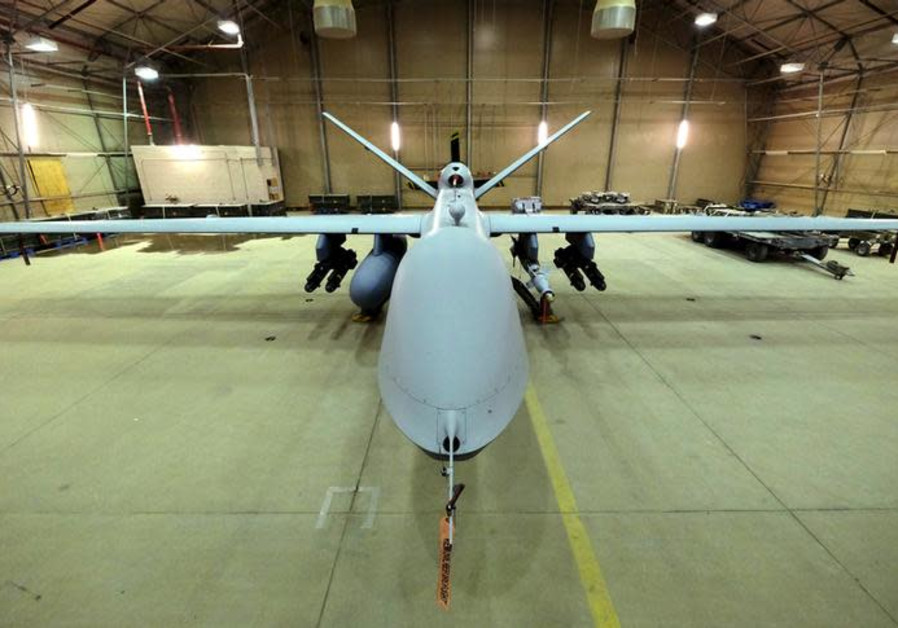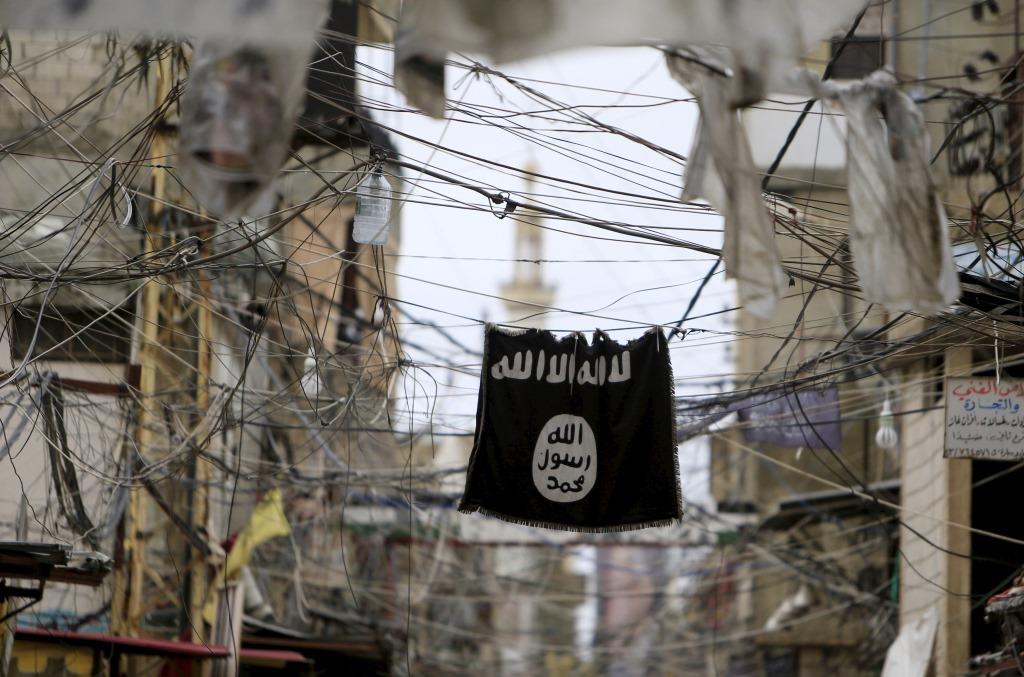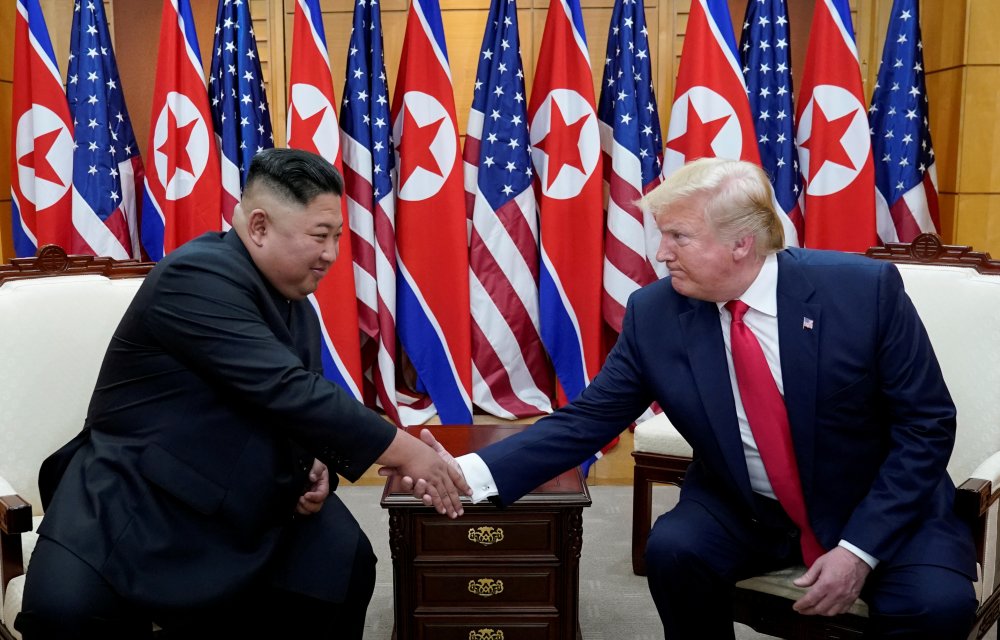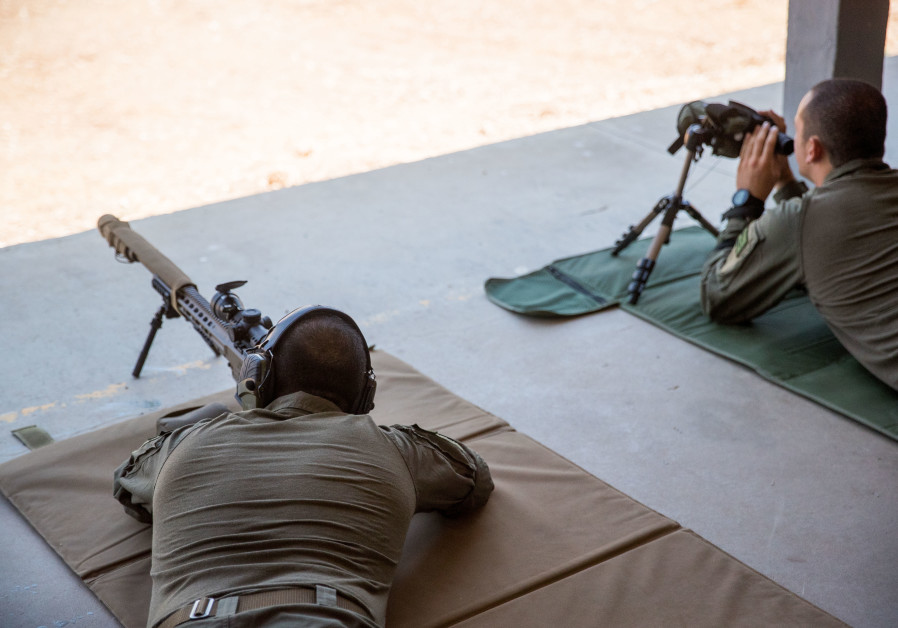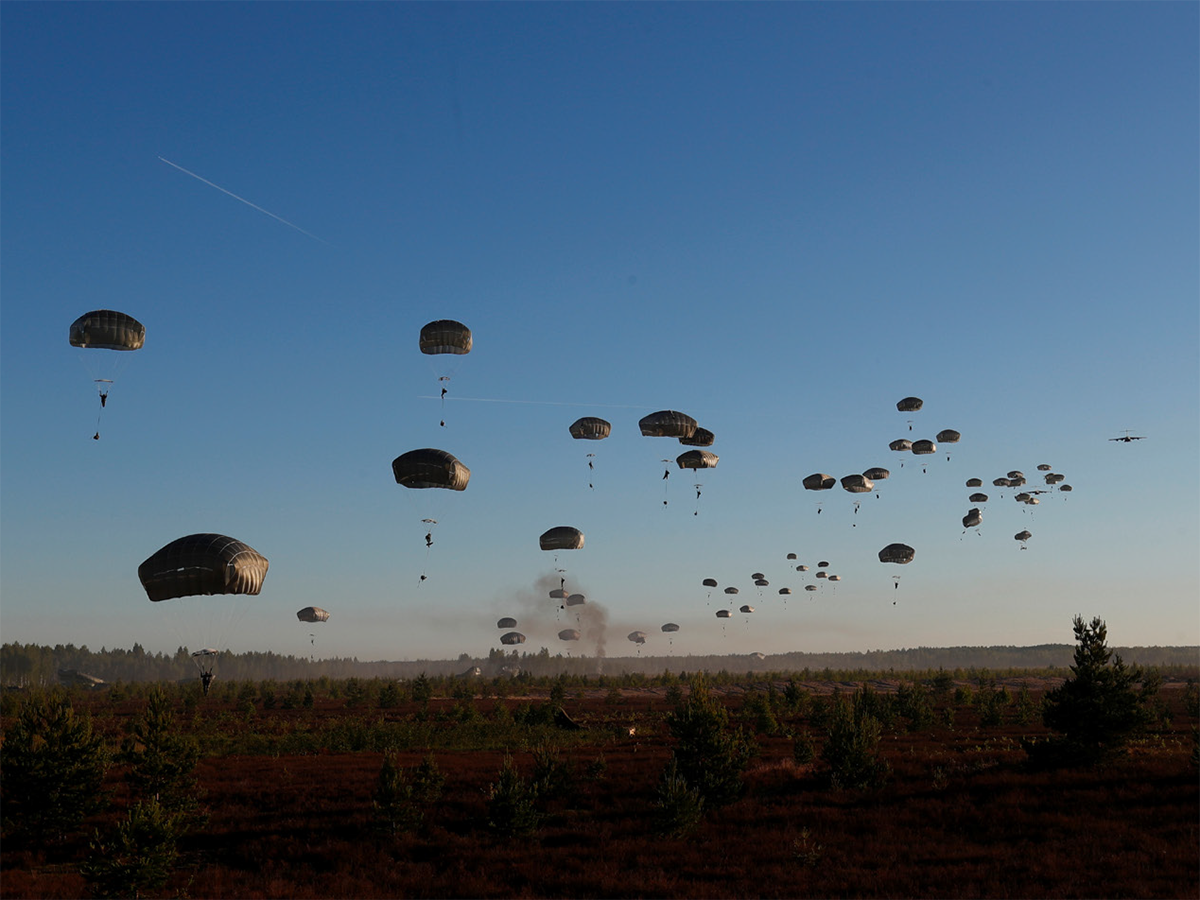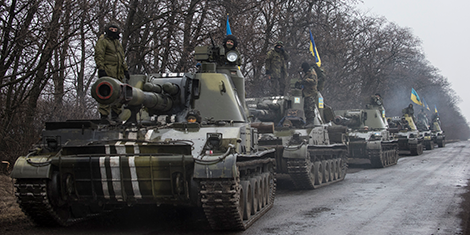by Michael Rubin
Pakistani prime minister Imran Khan hopes that his visit to the White House today will jumpstart relations with the United States after years of tension. Within the U.S. political context, President Donald Trump is a polarizing figure and his political opponents usually blame him exclusively for all ills on the international stage. When it comes to Pakistan, however, they should not. Pakistan’s problems are made in Pakistan and Trump should continue the recent bipartisan consensus to hold Islamabad responsible.
Those who seek a revitalized U.S.-Pakistan relationship can say history is on their side. Pakistan became a U.S. ally shortly after its 1947 creation, largely because Jawaharlal Nehru rejected U.S. partnership. As India drifted closer to the Soviet Union, Pakistan grew in U.S. strategic calculations. Between 1954 and 1965, Pakistan received more than $1 billion in arms sales and defense assistance, a huge amount for the time. Cooperation only increased after the Soviet invasion of Afghanistan. It was not long until Pakistan became the third largest U.S. aid recipient, after Israel and Egypt.
